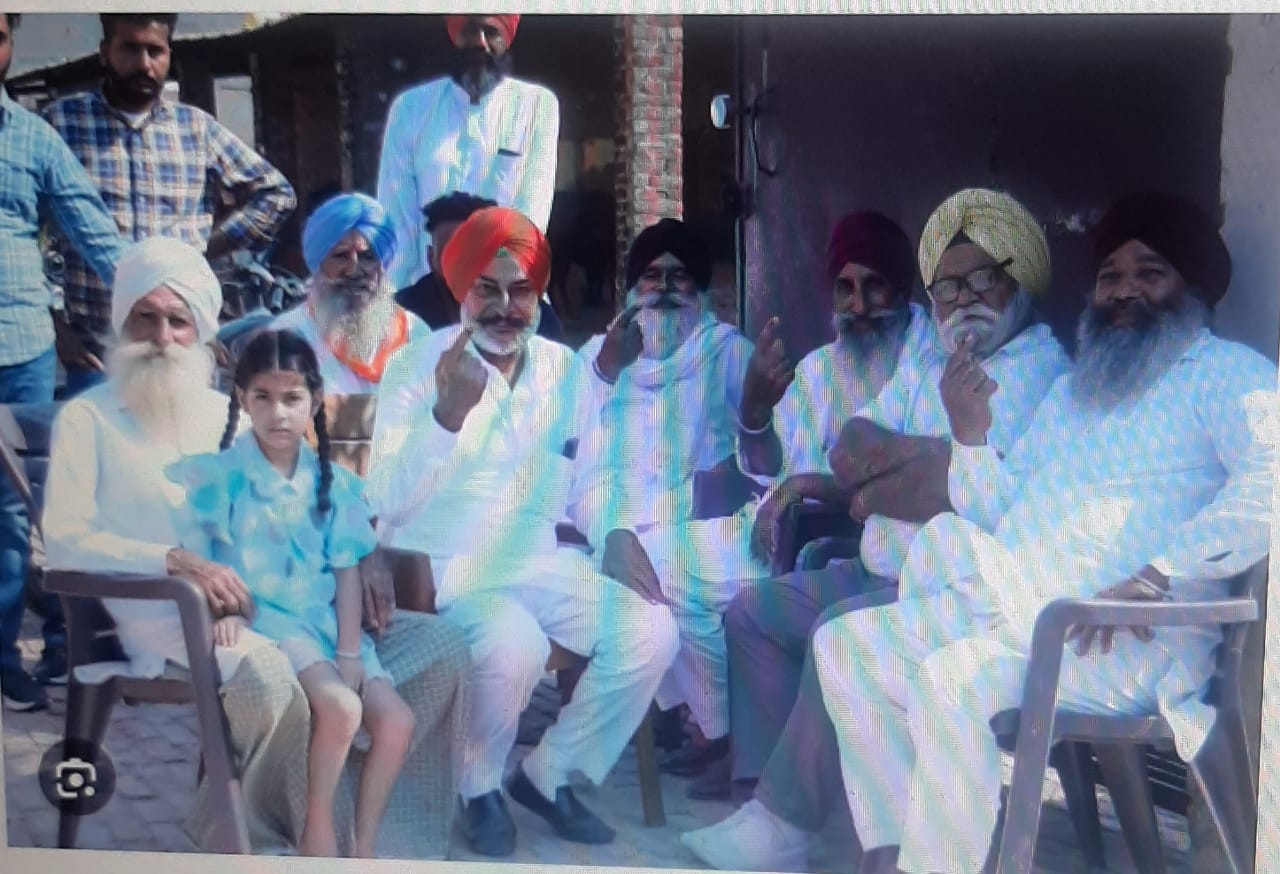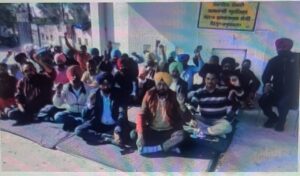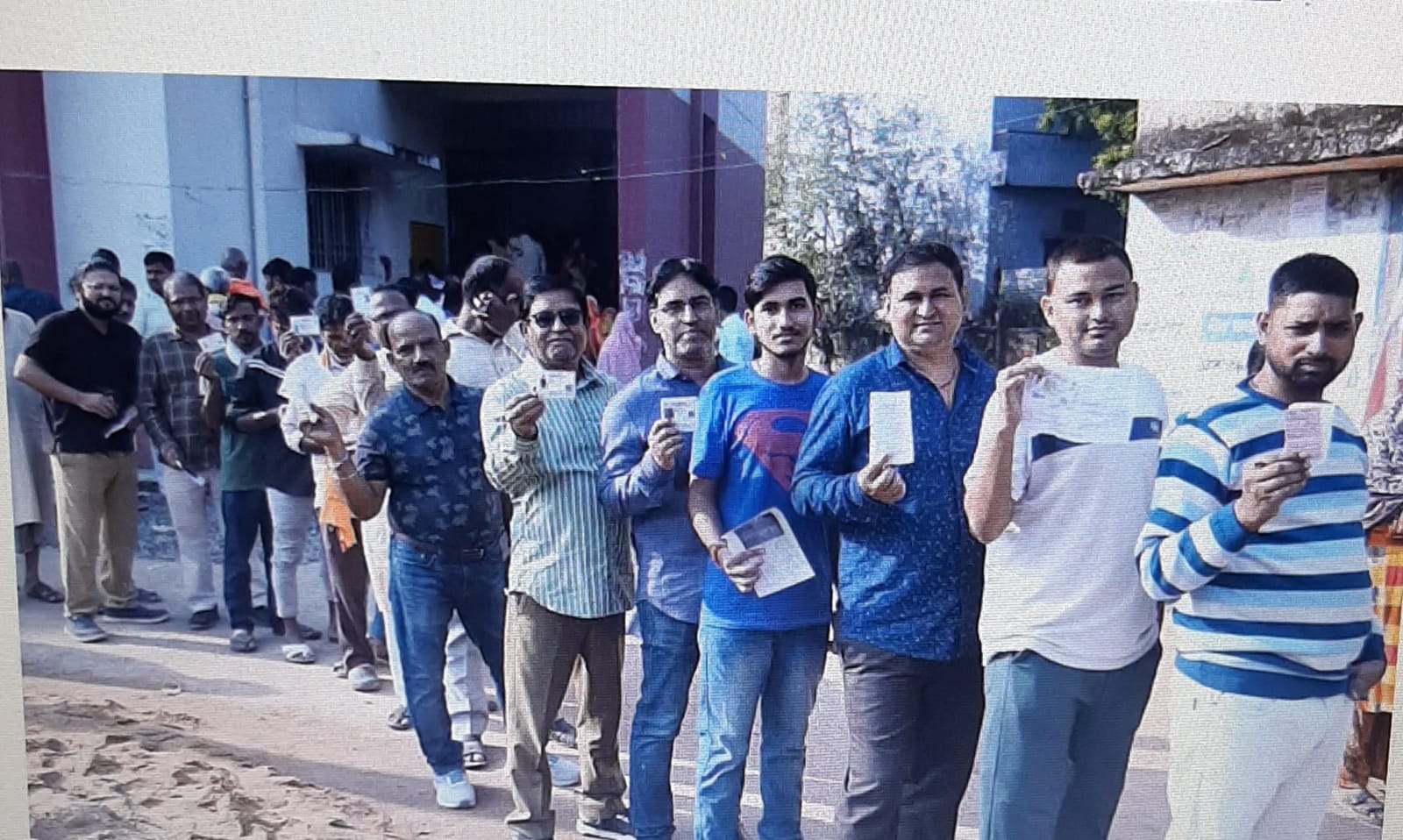
If we reflect on the aggregate dimension of devolution ( putting all six together) , we found that in Haryana , it is 39.33 per cent, in Himachal Pradesh 53.17 per cent and in Punjab it is merely 29.34 per cent. At national level average devolution is 43.89 per cent, writes former Officer of the Indian Economic Services Dr. Mahi Pal.
Erstwhile Punjab State was bifurcated into three states, namely Punjab itself, Haryana in 1966 and Himachal Pradesh(HP) in 1971. Since then different changes have taken place in the society and economy of these States. Panchayats have been integral part of rural life in these States since time immemorial. Where Panchayats stand today in terms of their empowerment and making them self – governing institutions as mentioned in the Constitution (73rd Amenedment)Act CAA) in each of these states? Such discussion has become more relevant because these states are being ruled by different political parties namely INC, AAP and BJP; therefore, their willingness to empower panchayats would also be revealed by such comparison. In context of CCA, when Bill was introduced in the Parliament on December 1, 1992 the then Minister of Rural Development G. Venkatswamy, said that “this casts a duty on the centre as well as the states to establish and nourish the village panchayats so as to make them effective , self-governing institutions”. The issue is that even more than three decades of constitutionalising these institutions where they stand today in terms of transferring power to them. By now they would have emerged as effective institutions of decentralized governance, planning and development at grassroots level. Whether it happened would be discussed in this article based on grassroots evidences and ranking.
The analysis is based on the findings of the study on ‘Status of Devolution to Panchayats in States- An Indicative Based Ranking’ got conducted by the Ministry of Panchayati Raj, Government of India from Indian Institute of Public Administration , New Delhi in 2024. In the study, the index of devolution to Panchayats has been measured on the basis of six dimensions namely, (i)framework (ii)functions,(iii)finances (iv) functionaries (v) capacity building, (vi) accountability and aggregation of these or overall index.. Individual dimension has been allotted different weights based on their importance in strengthening Panchayati Raj Institutions(PRIs). Framework has been allocated 10 per cent weight and Finances has been allocated 30 per cent and the each one of the rest dimensions allotted 15 per cent. Before moving further, mentioned may be made that CAA contained both mandatory and enabling provisions to be implemented by the States/UTs. The ‘framework’ dimension includes mandatory provisions of the CAA whereas other dimensions contain enabling provisions broadly devolution of powers and authority to Panchayats. In fact, responsibility to power Panchayats is with the States/UTs in the country.

Framework includes mandatory provisions of CAA and required to be implemented by the States compulsorily. Holding regular elections, reservation of seats and offices for women, SCs and STs, establishing State Finance Commission & State Election Commission at regular interval and setting of District Planning Commission come under this category. It is astonishing to note that under this dimension, devolution index in Haryana is 73.30 per cent , in Himachal Pradesh(HP) 62.22 per cent and in Punjab 47.26 per cent, while it should have been 100 per cent because no space for non- implementation of the components include in this dimension. It mandatory on the part of the States/UTs. Functions dimension mainly include involvement of these bodies in performing various activities like preparation of plans and implementation of developmental schemes at local level. It is pity to note that it 16.82 per cent in Haryana, 23.01 per cent in HP and 31.97 per cent in Punjab. None of the state even crossed one third of the desired devolution. Finances dimension relates to funds transferred to panchayats under Central and State Finance Commissions, own funds of panchayats, efforts made by panchayats for finance, accounts and budgets and funds received under various schemes. On this count also picture is pathetic because in Haryana, it is merely 40.38 per cent, in HP 48.41 per cent and in Punjab 36.36 per cent. None of the crossed even 50 per cent devolution of the desired one.
Functionary dimension comprises Panchayats’ physical infrastructure e-connectivity and Panchayat position. In Haryana, it is 38.48 percent, in Punjab 8.20 percent and in HP 70.06 per cent. It indicates that Panchayats are not having even the basic infrastructure and personnel at their level in these States. How will they function as autonomous institutions. Capacity building dimension includes extent of training institutions and training activities. Here also position is dismal because in Haryana devolution index is merely 35.35 per cent, in Himachal Pradesh 83.68 per cent and in Punjab merely 26.34 per cent. Except HP, in rest of the states it is very dismal. Accountability dimension includes accounting and audit of Panchayats, social audit, functioning of gram sabha, transparency and anti -corruption and Panchayats Assessment & Incentivisation. Under this dimension of devolution in Haryana is 41.93 per cent, in Himachal Pradesh it is 39.41 per cent and in Punjab it is 24.87 per cent. How will governance be effective in such a state of affairs?
If we reflect on the aggregate dimension of devolution ( putting all six together) , we found that in Haryana , it is 39.33 per cent, in Himachal Pradesh 53.17 per cent and in Punjab it is merely 29.34 per cent. At national level average devolution is 43.89 per cent. if national level’s devolution compared with these three States under discussion, it is found that only HP exceeded the national average whereas other two States are not having even devolution index below national average. Higher devolution index or empowering panchayats in HP more than the rest of two states attributed by the political will shown by the party in power in the state. Secondly, collectiveness of people at grassroots level also generated demand for powers through panchayats. In fact, political will in rest of the States was missing. Composite index of devolution of these three States shows that very little has been achieved even after 30 years of the implementation of the CAA in the countryside. So much so that except HP other two States have not even crossed 50 percent in terms of desired/expected devolution to panchayats. To make Panchayats effective elected representatives have to be organized to assert for the empowerment of Panchayats.
(Dr. Mahi Pal is former Officer of the Indian Economic Services, Government of India. Email: mpal1661@gmail.com, 9958337445(M) )









